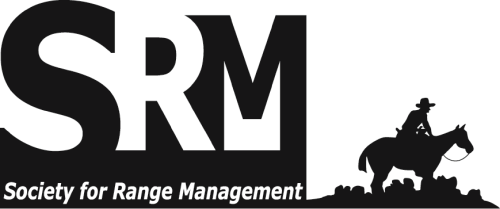The Conservation Reserve Program of the 1985 Food Security Act, through the eighth signup, has retired 30.6 million acres of highly erodible cropland. However, the 10-year CRP contracts will begin to expire in 1996. Fundamental economic trends do not indicate clearly whether CRP land will be needed for either crop or livestock production when contracts expire. Given present expectations of future agricultural markets we anticipate no more than twenty percent of the land now in the CRP to remain in grass. Three sets of factors will influence landowners’ decisions: long-term relative economics of crop and livestock production; direct and indirect incentives in existing and proposed agricultural policy; and the characteristics of CRP landowners. This material was digitized as part of a cooperative project between the Society for Range Management, the National Agricultural Library, and the University of Arizona Libraries. The Rangelands archives are made available by the Society for Range Management and the University of Arizona Libraries. Contact lbry-journals@email.arizona.edu for further information. Migrated from OJS platform March 2020

Practical, non-technical peer-reviewed articles published by the Society for Range Management. Access articles on a rolling-window basis from vol 1, 1979 up to 3 years from the current year. More recent content is available by subscription from SRM.